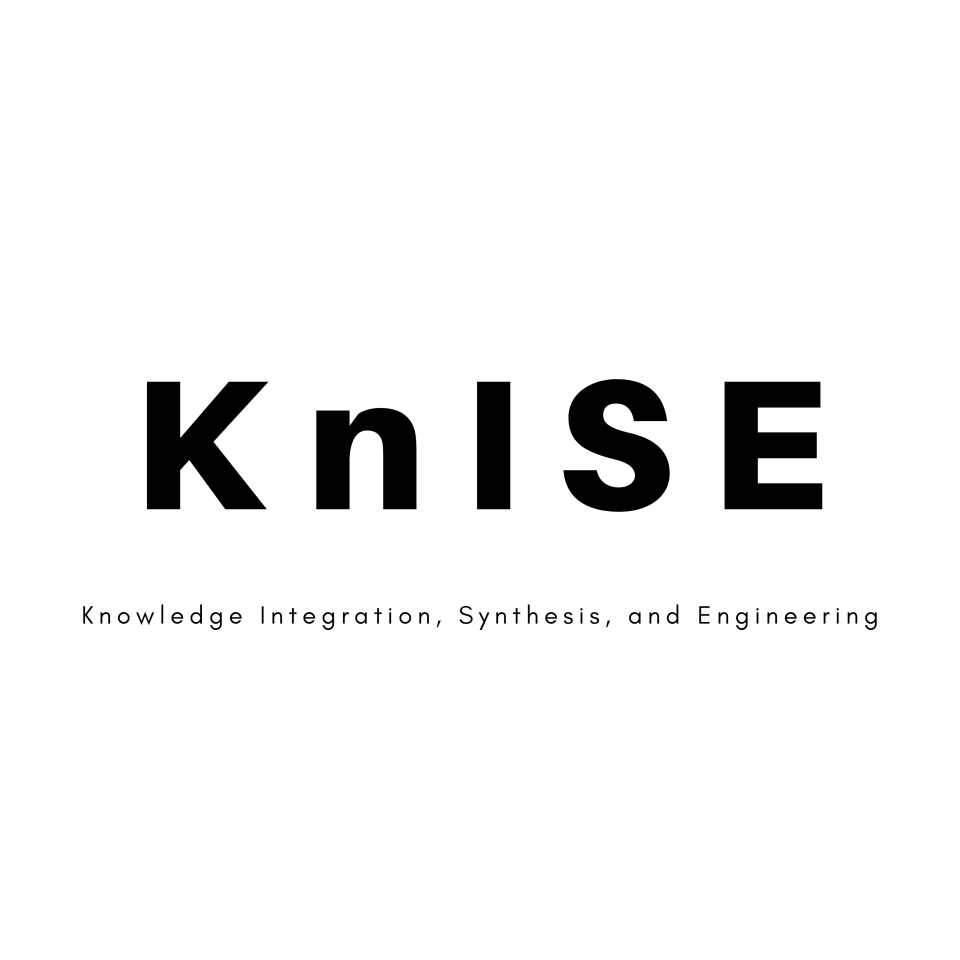Prescriptive analytics uses machine learning (ML) to calculate a desirable course of action in response to the current situation. The market for enterprise prescriptive analytics is forecast to reach $1.88 billion by 2022, with a 20.6% compound annual growth rate since 2017. Despite its power to process complex information and data, decision-makers remain skeptical about black-box AI's recommendations. Consequently, prescriptive analytics is adopted by only 11% of large and midsized organizations and applied mostly to small, low-risk tasks. In its NSF I-Corps (NSF Award #2102803), the project team interviewed 145 VP-and-above employees at enterprise analytics vendors, consulting agencies, and end-users; more than 90% of interviewees suggested that there is an unaddressed need for explainable prescriptive analytics on EPM. The key technical hurdle is the increasing gap between data science and subject matter expertise.
The research focus under this theme is to develop explainable prescriptive analytics (EPA), by advancing and integrating machine reading comprehension for synthesis of collective intelligence (from both seasoned practitioners and the scientific literature), knowledge representation and visualization (e.g., causal knowledge graph), and statistical and ML analysis (e.g., synthetic control and causal ML).







